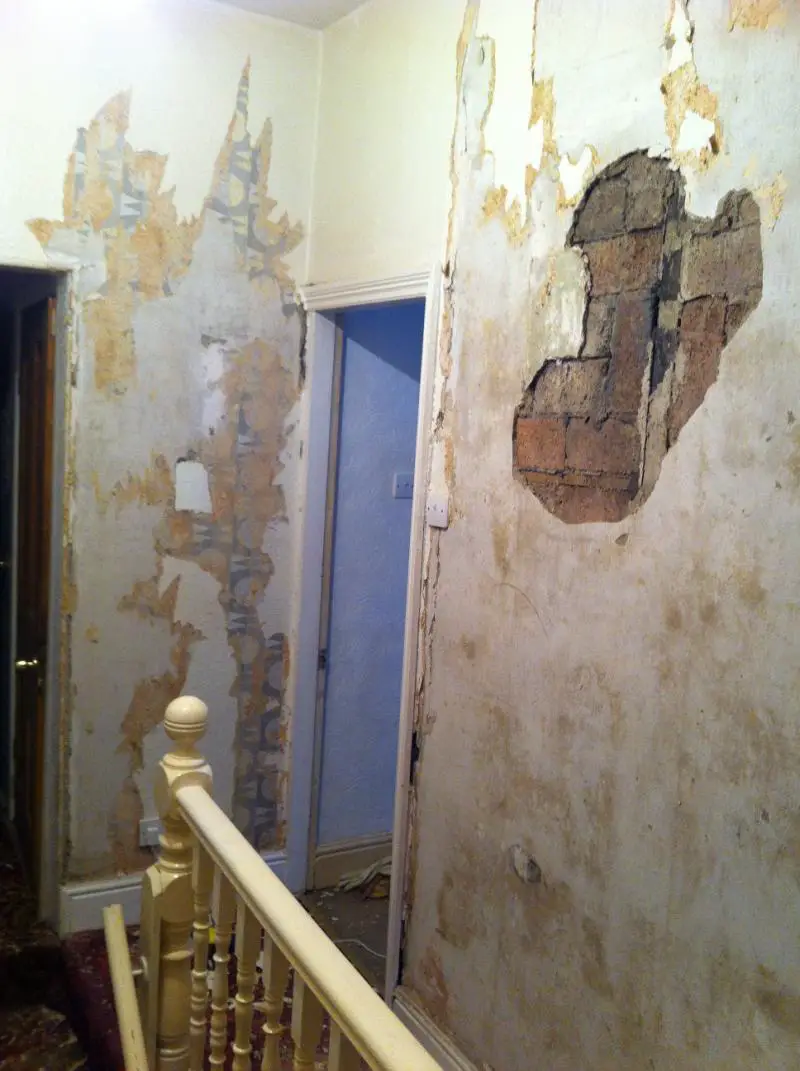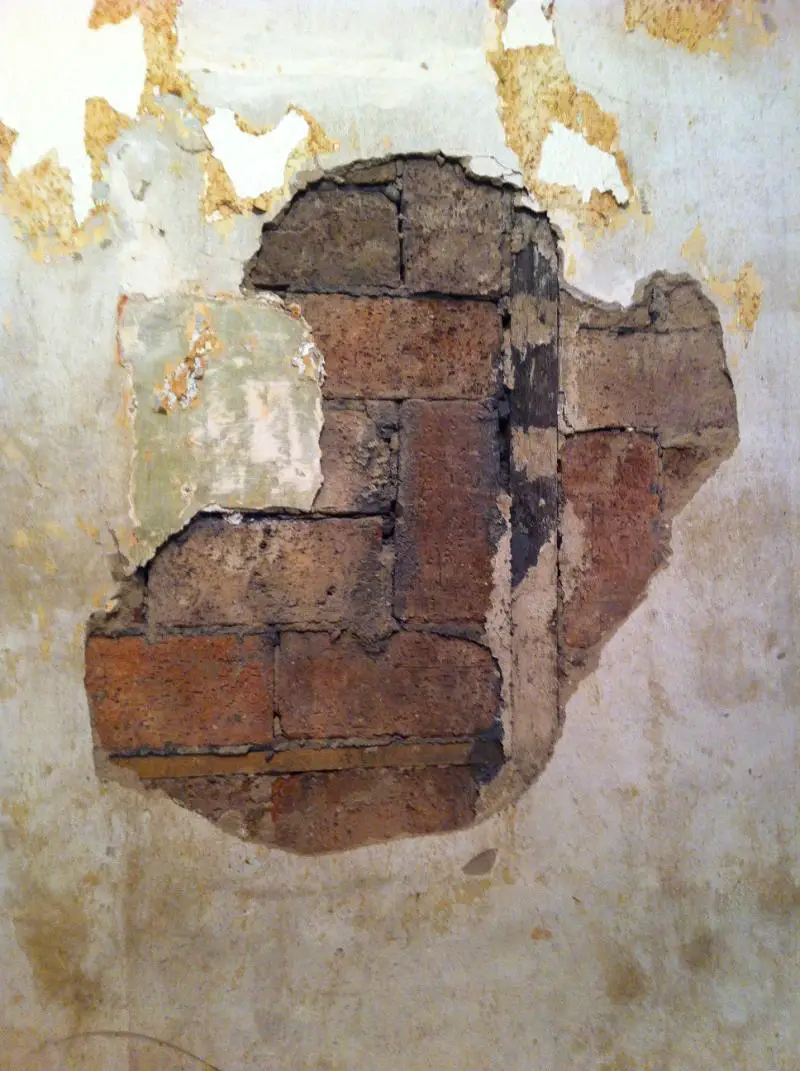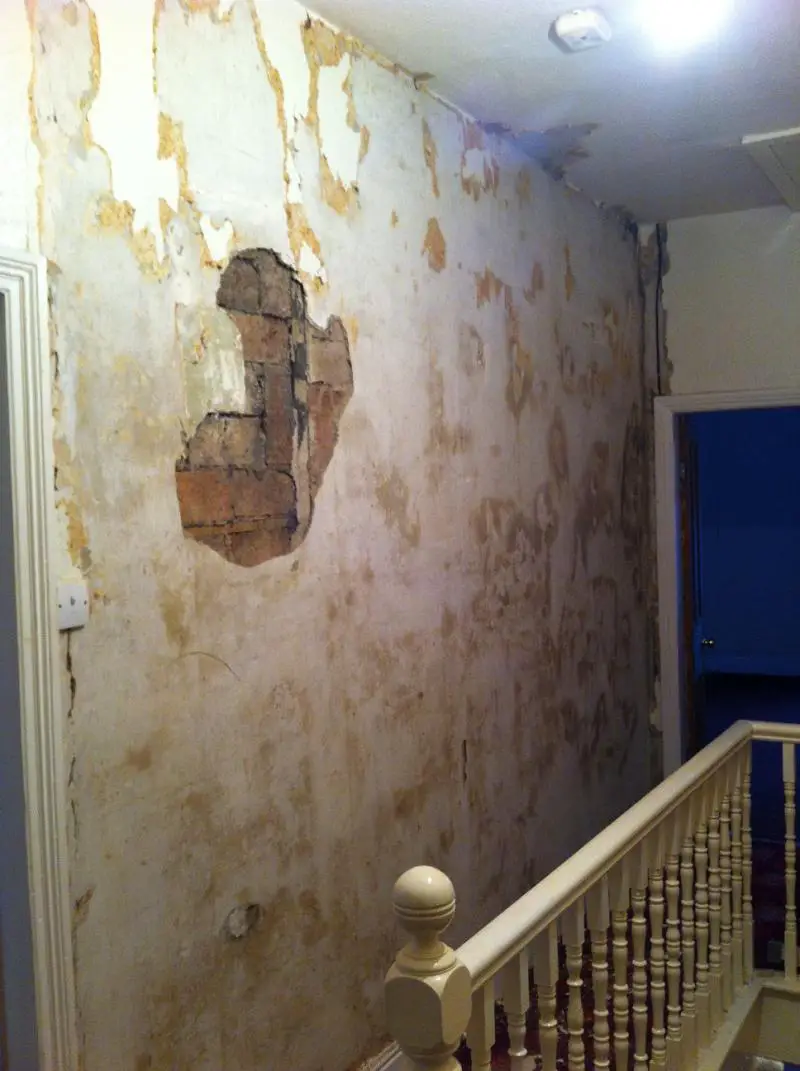First time poster after a few months of viewing since putting in offer on this house 
Got keys a week ago and started removing the old old wallpaper as a job I could do before I get in plumber and electrician for works required.
Anyhow I had expected there to be some loose plaster areas on house built ~1910 but a supporting wall contained large format bricks and timber that I wasn't expecting.
I've attached a few images to see if anyone could identify whether this is standard or something previous owner bodged, only other work I have seen they did was pretty rubbish but wasn't a major issue.
thanks for any help and apologies if there's a more suitable forum for this post
Rob
Got keys a week ago and started removing the old old wallpaper as a job I could do before I get in plumber and electrician for works required.
Anyhow I had expected there to be some loose plaster areas on house built ~1910 but a supporting wall contained large format bricks and timber that I wasn't expecting.
I've attached a few images to see if anyone could identify whether this is standard or something previous owner bodged, only other work I have seen they did was pretty rubbish but wasn't a major issue.
thanks for any help and apologies if there's a more suitable forum for this post
Rob




